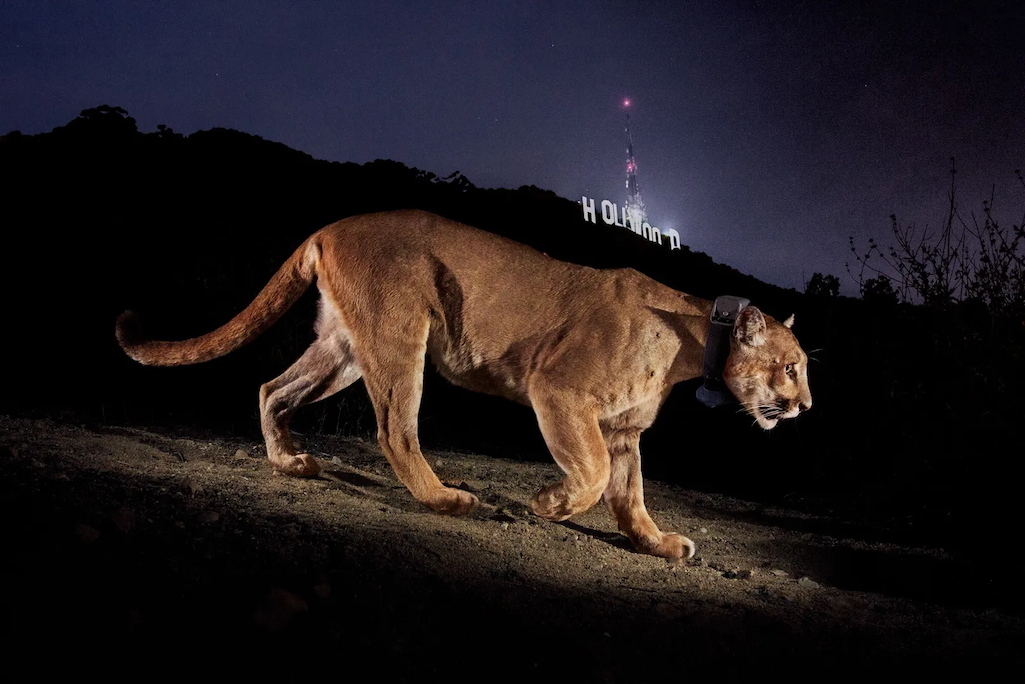
Iconic mountain lion P-22 was put down Saturday due to extensive injuries and health issues/Steve Winter via NPS
Age-related maladies and trauma likely caused by a collision with a vehicle led to the decision Saturday to euthanize P-22, an iconic male mountain lion that roamed the Santa Monica Mountains National Recreation Area for more than a decade and gained worldwide attention.
The lion, roughly 14 years old, was also a critical part of a long-term research study and a valuable ambassador for the cause of connectivity and for wildlife in the Santa Monica Mountains and beyond.
Likely born in the Santa Monica Mountains as the son of adult male P-1, he somehow found his way to his tiny, nine-square-mile home in Griffith Park, separated from the Santa Monicas by the 101 and 405, two of the busiest freeways in the world, the National Park Service said Saturday in a release.
"Defying expectations, he persisted for more than 10 years in the smallest home range that has ever been recorded for an adult male mountain lion," it added.
Although the predator made frequent appearances on the streets of the Hollywood Hills and even, more recently, of the Silver Lake neighborhood, he was also clearly a wild cat, doing so mostly late at night, and subsisting largely on natural prey such as deer and coyotes, the release noted.
National Park Service biologists aim to understand and conserve the species that live in and around the park for generations to come. Although P-22 is now physically gone, scientists will be analyzing his data for years to come.
Due to perceived health problems with the animal, on December 8 the California Department of Fish and Wildlife announced that it would capture the mountain lion and bring him in for a health evaluation. On December 12 P-22 was captured by CDFW and National Park Service and brought in for evaluation. On December 13, CDFW issued a FAQ document about P-22 and held a media briefing to provide an update on his condition.
According to the department, P-22 had several severe injuries and chronic health problems. He had injuries to his head, right eye, and internal organs, confirming the suspicion of recent injury, such as a vehicle strike. The trauma to his internal organs would require invasive surgical repair, the department said in its own announcement, which explained that the animal was put down under general anesthesia.
The examination also revealed significant pre-existing illnesses, including irreversible kidney disease, chronic weight loss, extensive parasitic skin infection over his entire body and localized arthritis, all of which have led to the unfortunate deterioration in P-22’s overall condition, the department said.
P-22's life and safe passage to Griffith Park are a testament to both the challenges and the possibilities for wildlife in Los Angeles, the Park Service said.
"He showed us what mountain lions must do to survive in our urban landscape, as he dispersed through it to find a remaining island of habitat," it added.

 Support Essential Coverage of Essential Places
Support Essential Coverage of Essential Places



